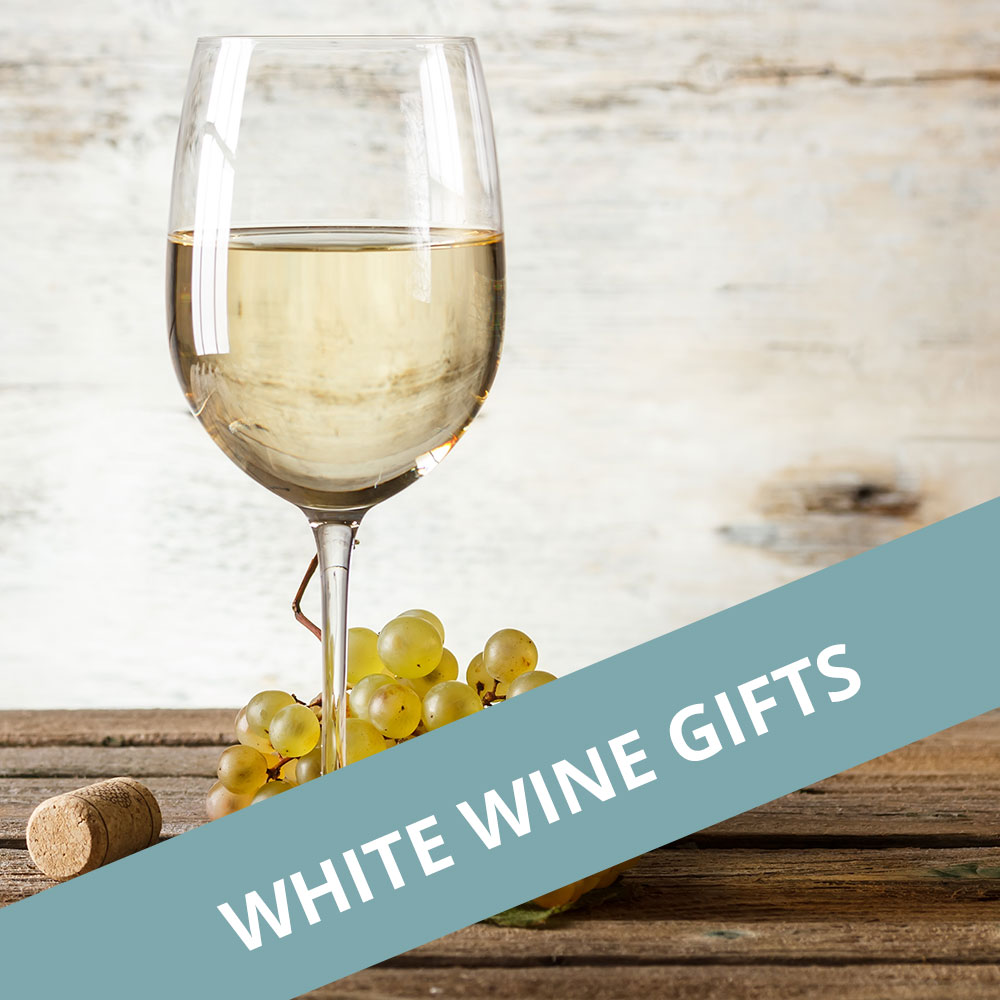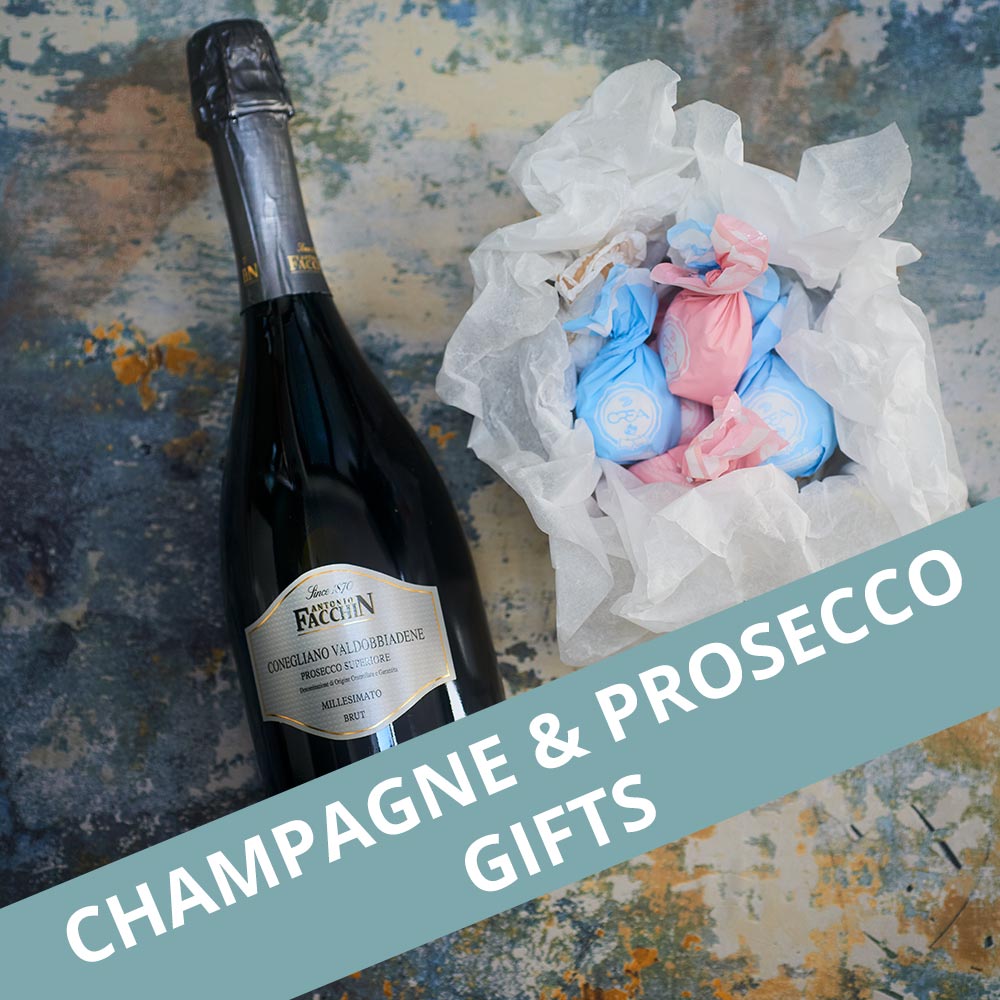You have no items in your shopping cart.
How to Choose a Good Red Wine: More Grape Varieties
Our last “How to Choose a Good Red Wine” blog covered some of the most popular grape varieties, including Merlot, Cabernet Sauvignon, Shiraz and Pinot Noir. This week, we’re looking at five more favourites: Gamay, Tempranillo, Grenache, Cabernet Franc, Sangiovese and Zinfandel.
Gamay
If you’ve ever drunk a bottle of Beaujolais, you’re already well-acquainted with the Gamay grape. It’s extremely versatile with food and sold in most bars in France. Beaujolais and Gamay de Touraine are the most popular wines made from this grape, exhibiting bright red berry fruit notes and a zippy, refreshing acidity. It’s easy wine to drink and enjoy!
To enjoy this grape at its best, go for Domaine-bottled Beaujolais and revel in the strawberry-accented lightness at one end of the scale, and a robust, punchy, black-cherry wine at the other. You might be best-advised to steer clear of the cheaper, headache-inducing stuff at the bottom end of the price spectrum.
Tempranillo
Open a bottle of Rioja to experience the flavours of this very important red grape - although it’s also a strong component of many other Spanish reds as well as the famous wines of the Rioja region.
Cherry, raspberry and red berry fruits appear on the nose of the lighter wines, with blackberry and more complex flavours integrating themselves pleasurably into the more developed Reservas and Gran Reservas.
If you are looking to match your Tempranillo-based wines with food, lamb and beef are sensible and rewarding places to begin. Since this grape has lower levels of acidity than many other red varieties, it’s quite easy to pair with dishes of varying flavours. A good wine to have around!
Cabernet Franc
The most important use of this lesser-known red grape variety is as the third element in many of the great reds of Bordeaux, completing the trio with the better-known Cabernet Sauvignon and Merlot. Cabernet Franc offers its aromatic charms to these great wines, as well as lovely violet notes and pleasant black fruit flavours.
In the Loire region, this important red grape helps to produce some of the powerful, bullish reds of Chinon, Bourgeil and Saumur-Champigny, whilst in Australia, the grape has enjoyed a lot of popularity thanks to its ability to add another dimension to Cabernet Sauvignon-dominant wines.
Grenache
Offering black fruit and deep red cherry notes, with a lovely, herbal edge in many cases, Grenache likes to be in a mix with other reds, more often than not Syrah (Shiraz) in the great wines of the Rhône. In fact, Grenache forms the backbone of many of the wines of this hugely significant region in the French wine constellation.
Grenache is earthy, a little rough around the edges and high in alcohol. Grenache-based rosé wines might be considered something of an acquired taste for this reason.
Sangiovese
The main ingredient in Chianti, Sangiovese offers a lovely, enticing nose of mulberries, red cherries and fresh-cut herbs. It also delivers a decent acidic push on the finish, making it a great companion to tomato-based dishes and sauces.
This brings to mind a good general tip about wine and food matching: dishes from a certain region tend to go well with wines from that region; they have developed in sympathy over many years and their flavours often complement each other with elegant ease.
Zinfandel
This grape has become remarkably popular in recent years, perhaps because its explosive taste profile is so distinctive. It’s a real black fruit assault with plenty of mixed, potent spicy notes and a strong vanilla edge. You will doubtless see a host of Zinfandel-based rosé wines on the shelves of the major retailers – much of it semi-sweet and rather dull wine that offers little on the palate.
Stick to some of the best Californian Zinfandel reds to enjoy this grape at its best: look out for some of the top echelon wineries like Ravenswood, Cline and Ridge for wines that will deliver a serious impact!
Of course, there’s a huge number of grape varieties being grown all over the world, and it would be impossible to cover them all, but understanding the basic characteristics of the main varieties is a great way to enter the world of wine!

 Free UK Delivery
Free UK Delivery




